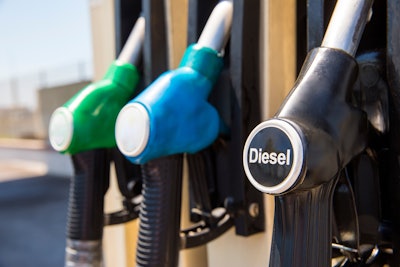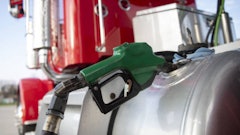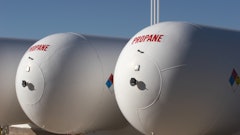
Fleet-wide fuel efficiency of the fleets participating in the North American Council for Freight Efficiency’s (NACFE) Fleet Fuel Study increased rapidly in 2022-2023 after a period of little gains from 2018-2021.
In fact, the average miles per gallon (MPG) improved to 7.62 in 2022 and 7.77 in 2023, a year-over-year improvement of 4.2% and 2% respectively.
“The trucking industry has made tremendous progress on improving MPG,” says Mike Roeth, NACFE’s executive director. “While the fleets in the Fleet Fuel Study had an average MPG of 7.8, the national average is 6.9. And that’s a huge improvement that the industry should be very proud of!”
“We found that fleets are increasing their adoption of these technologies, and that they are enjoying improved fuel economy as a result,” says Yunsu Park, NACFE’s director of engineering and the study’s lead author.
Key takeaways:
- The overall adoption rate for the technologies studied in this report has grown from 17% in 2003 to 42% in 2023.
- The increased adoption rate of the studied technologies meant that the 14 fleets operating 75,000 trucks saved $512 million in 2023 compared to the average truck on the road.
- Fleet-wide fuel efficiency increased rapidly in 2022 and 2023 after a period of little gains from 2018 to 2021.
- A shift to regional haul and shorter routes lowers average MPG. Shorter routes, by their nature, result in lower MPG as trucks spend a greater proportion of their day driving non-interstate routes and local roads. The cost of fuel, while on a downward trend from a recent peak in 2022, continues to be an important issue for fleets.
- The focus on decarbonization may be stretching resources. The impact of OEMs investing in zero-emissions vehicles may be the reason that the rate of increase in the adoption of fuel-saving technologies among the study participants has slowed over the last five years.
- Truck speeds continue to stay high. Speed is a very significant predictor of fuel efficiency for all vehicles.




















